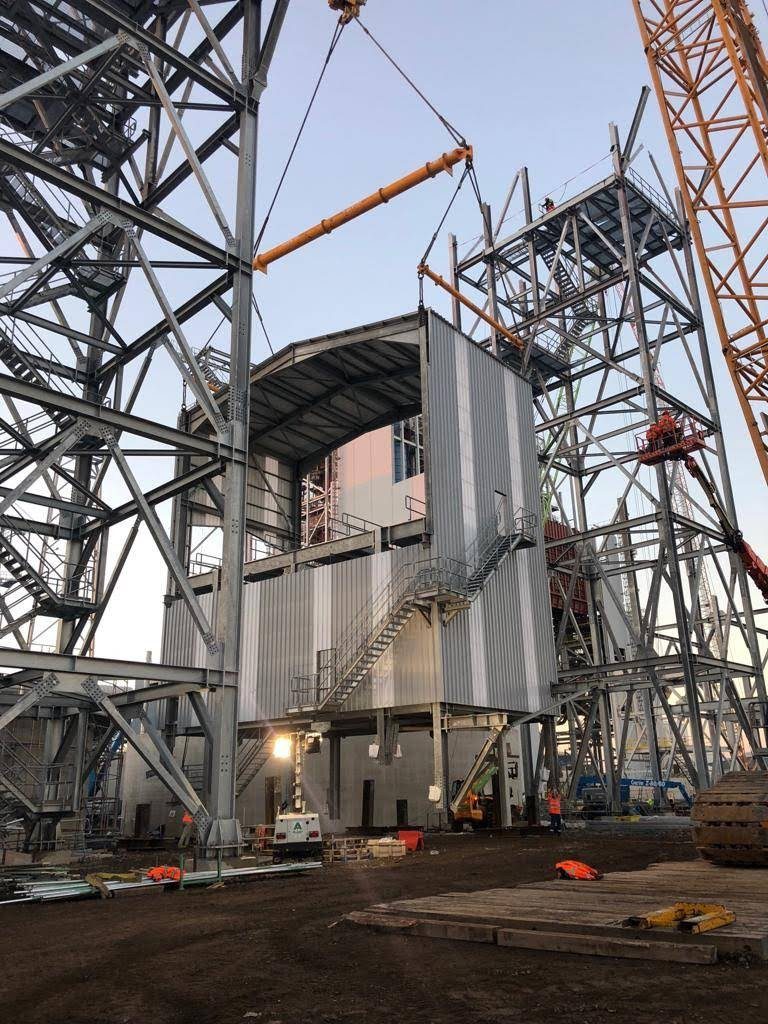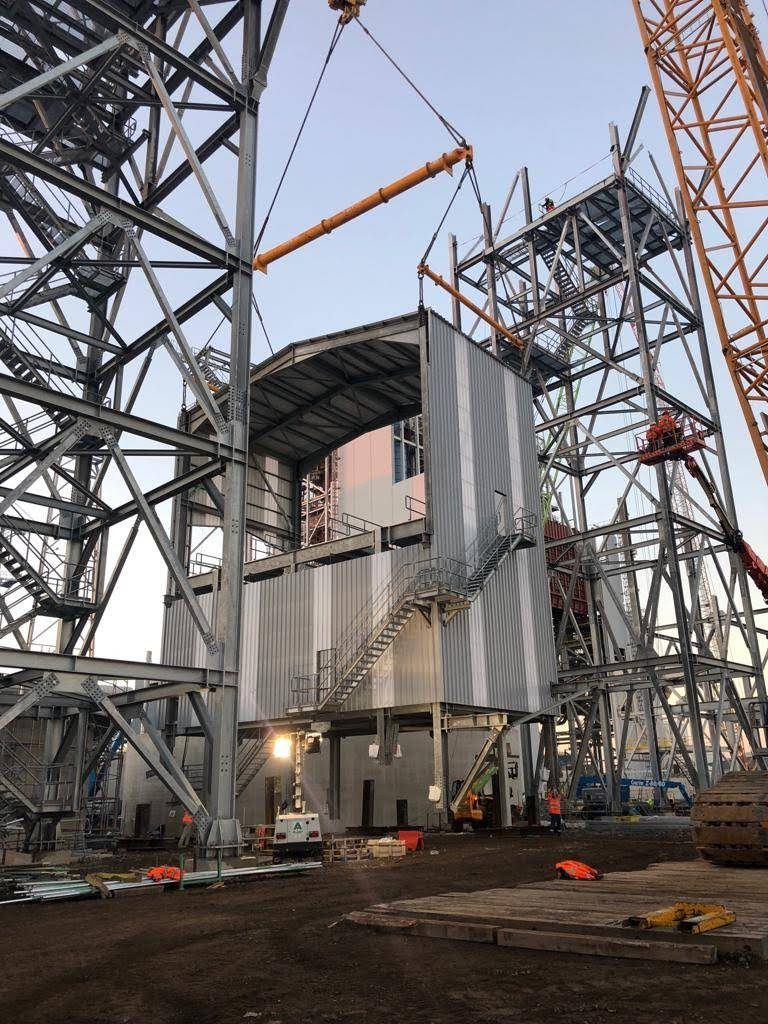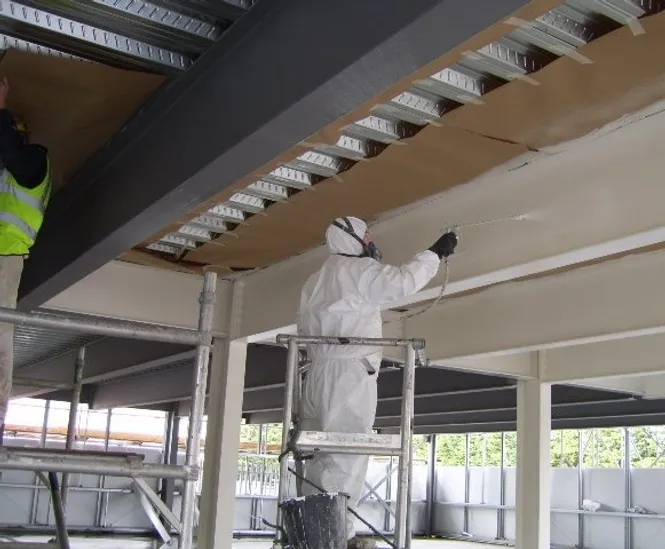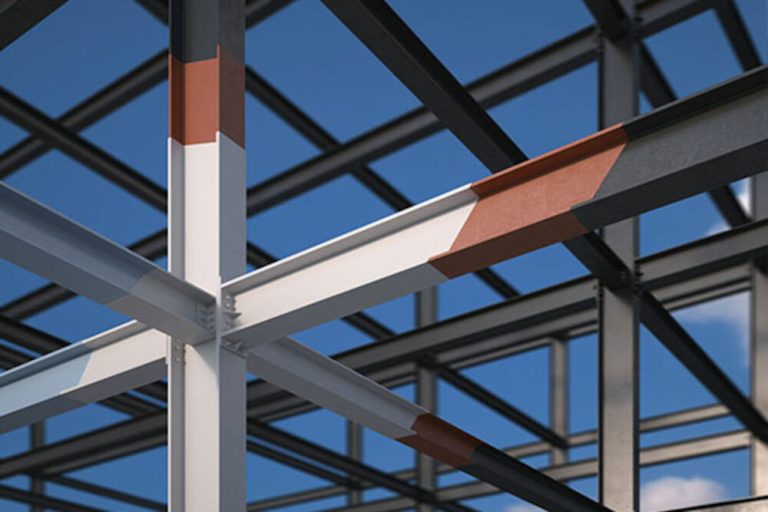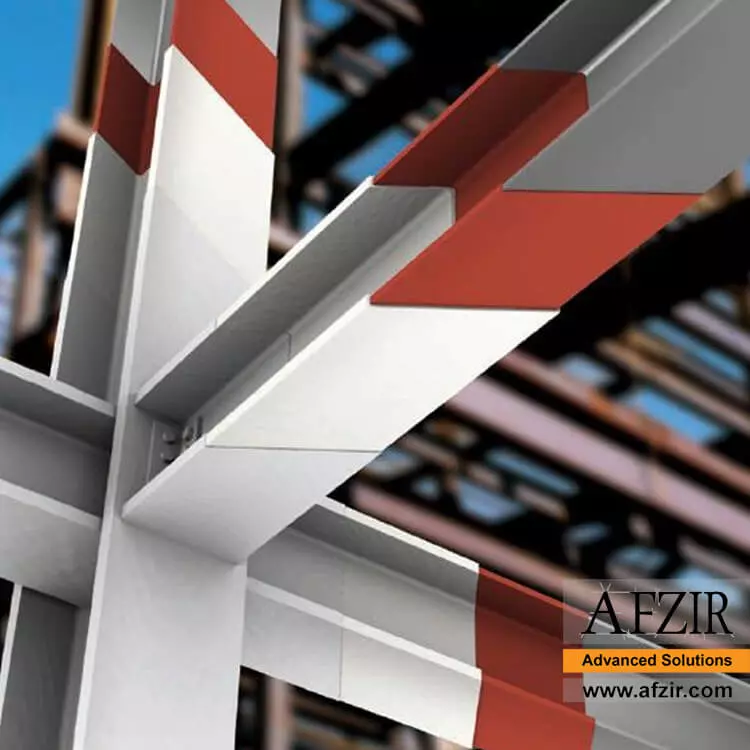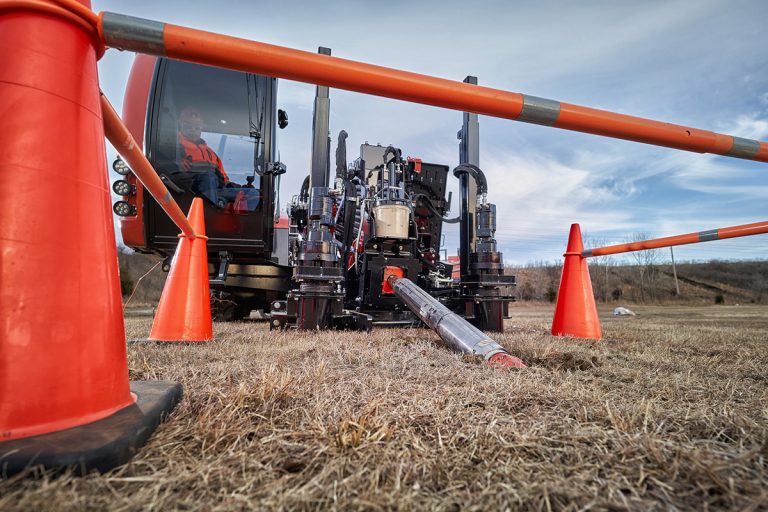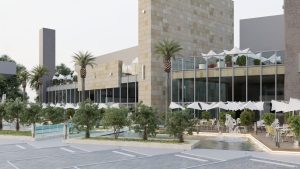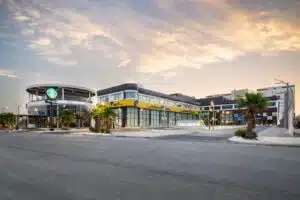Contractors specializing in the building of warehouses are increasingly conceiving of multi-purpose buildings that provide a secure and pleasant environment for workers. As a result, production rises, expenses decrease, the company’s reputation improves, and profits rise.
The planning phase of a warehouse’s development is where the building method chosen will have the most impact.
Methods Employed in Contemporary Warehouse Building
Warehouses are big buildings, and as such, their construction may need a significant financial outlay and considerable amounts of time.
However, because of advancements in construction technology, these buildings can now be erected quickly and cheaply, making them attractive to enterprises that urgently want the space.
Buildings constructed using methods like pre-engineering, prefabricated steel, and tilt-up take less time to build, appear more contemporary and are more durable than traditional methods.
Factory-Made Steel Structures
Prefabricated steel buildings employ factory-supplied, fully assembled kits for their components. These are then quickly installed in accordance with the building’s blueprints, allowing construction to be finished.
This method is widely used in the business sector, where it is used to build a variety of structures including warehouses, hangars, call centers, and garages.
This method is well-suited to warehouses that stock items that need both enclosed and open space, as well as those with exceptionally high roofs to facilitate the simple transit of large shipments, due to the versatility of the materials used.
Post-Frame Construction
Timber framing is a construction method that employs a structural framework made of engineered wood. Wooden posts and columns are embedded underground or fastened to a concrete slab.
The wall girts and roof are joined to the framework after further structural components have been added. The remainder of the building’s frame components is held up by the robust oak columns.
Warehouses, along with convenience shops, garages, strip malls, office complexes, and many more, are just some of the numerous contemporary commercial and residential applications.
You may take advantage of post-frame construction’s lightweight, adaptable, sustainable, and cost-effective qualities. Brick, stone, steel, and vinyl, amongst others, may be used both inside and outside of a wood-framed building. Because of this, the owner has more leeway in deciding on the final touches.
Vertical Erection of Support Structures
In the American market, this method has found widespread adoption. The process entails laying down a concrete slab as a base, then building the wall panels vertically to be mounted on the slab. The wall panels are fastened in place using footings that are affixed all the way around the slab.
In order to make the wall panels, initially, a mold must be built from interlocking wooden parts. The size of the wall panels is set by the measurements of the mold, and precut door and window apertures are included. Molds are then filled with concrete and allowed to cure.
After the molds have been removed, the concrete wall panels are lifted by a crane and set on top of the foundation at an angle. The panels are fastened to the ground by means of embeds. The construction is completed when finishing is applied.
Take Away
Warehouse layouts have to take into account the weight of the products being held, the capacities of the handling equipment, the volume of incoming and outgoing shipments and trucks, and the requirements of the warehouse staff.
The needs of the company’s services and the goods to be kept and processed should inform the design of the warehouse.


